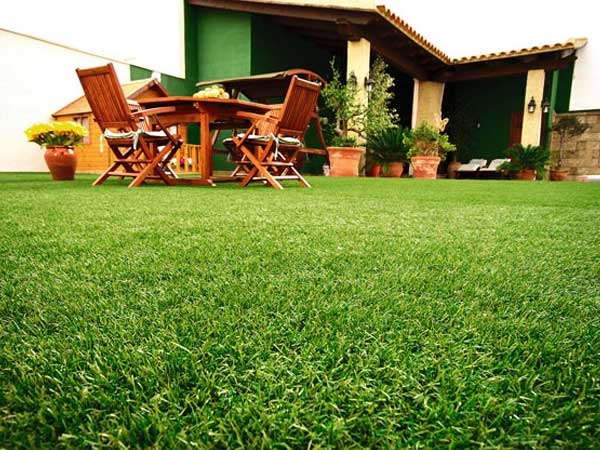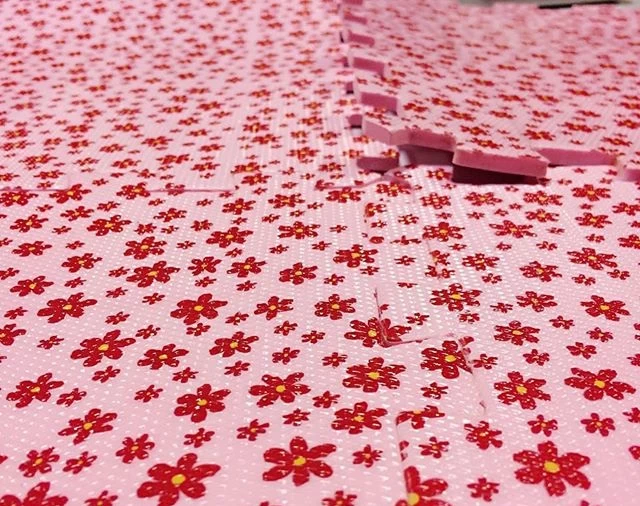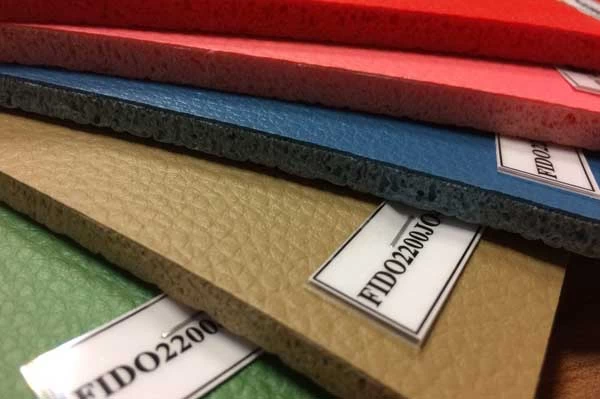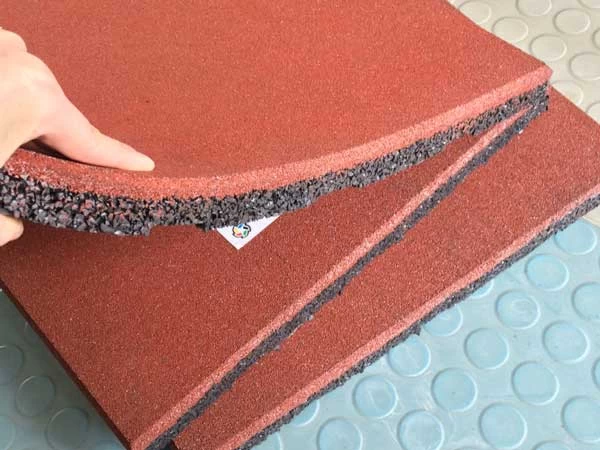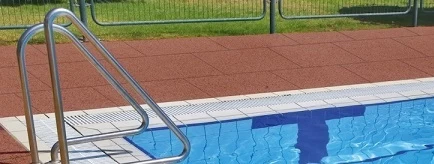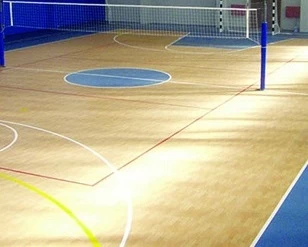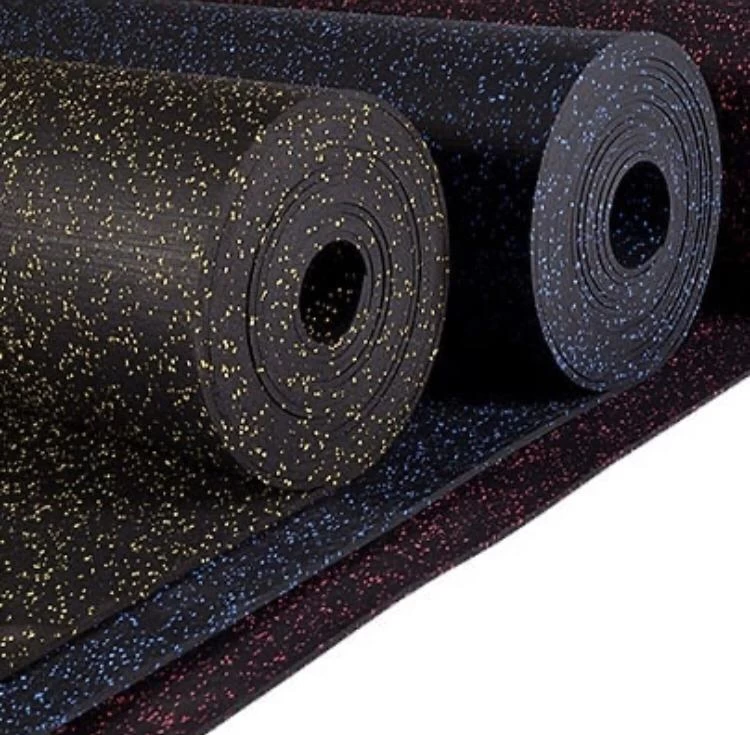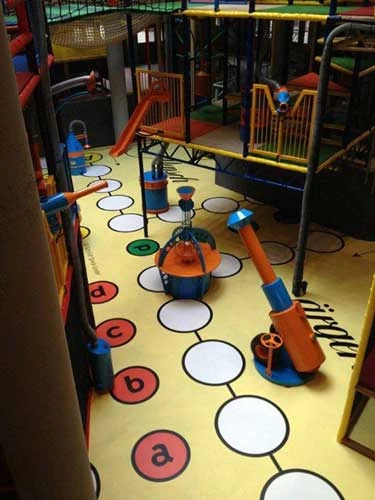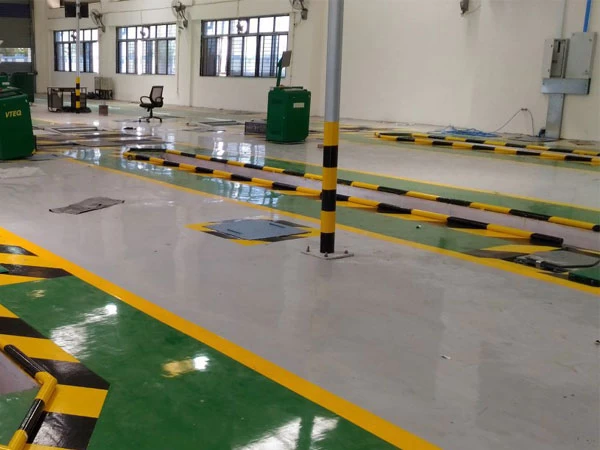Artificial grass appeared in the United States between 1960 and 1969. But its expansion in Europe happened after the 1976 Olympics in Mantral. It didn't take long for the various sports boards to realize the advantages of using artificial grass and use several methods to apply the standard conditions. Many scientific and technical tests and researches have been carried out on artificial grass areas in the last twenty years, which resulted in the introduction of Non-Sand-filled artificial grasses for hockey and tennis sports fields, along with Sand-fill artificial grasses, for most There have been sports fields and decorative places.The United States of America is known as the first country that has put the use of artificial grass in sports surfaces at the top of its agenda. This example of artificial grass is known as the first generation, which was generally used for fields related to rugby sports. The density of grass of this generation is very high and they were formed with short threads of nylon or polyamid. Nylon threads are very sensitive to the ultraviolet rays of the sun, and at the same time, they are rough and rough. Therefore, the artificial grasses were destroyed quickly and increased the possibility of injuries for the users. In order to prevent possible injuries, in general, the playing area was irrigated before every match.Such conditions did not lead to a significant reduction in costs. But in any case, it was saving to some extent. Today, the first generation artificial grasses are only used on hockey fields, with the difference that instead of nylon, polyethylene and sometimes polypropylene threads are used. The research of Europeans on artificial grass led to the formation of the second generation of artificial coverings for sports fields. The basis of work in this generation has been the use of long and less dense polypropylene threads. The result of these changes was the reduction of costs and more savings, but from the qualitative aspect, it did not lead to favorable results and greatly reduced the performance.The evolution of the second generation artificial grass led to prefer the use of protective layers in the form of surface rebound. Following this incident, the quality level of the land was improved, and at the same time, it showed clear differences with the first generation. In the continuation of the evolution of the second generation artificial grass, a combination of Non-sand-filled and Sand-filled systems emerged. In this system, which is known as Semi-sand-filled, it has inherited the quality from Non-sand-filled and the cost reduction from Sand-filled. After 1990, the focus of football boards was directed towards the outstanding benefits of using artificial grass. In the meantime, problems such as the deviation of the ball path, possible injuries and the lack of a factor to absorb the impact, always charged the opponents of the use of artificial grass.The third generation of artificial grass appeared, suitable for use on rugby and football fields, in which the density of the fibers was reduced and the length of the threads was increased. The material of the threads was meant to be polyethylene. The greater stability of the surface was provided by the use of silica sand, and the softness and elasticity of the surface was provided by the use of rubber shards. Today, the system of installation and use is meant in the same way, but the type of yarns, the density of the yarns, the height of the yarns, and the elegance and beauty of the grass strands are all variable and in the form of the fourth and fifth generations of artificial grasses, they are suitable for the type of application. , are determined and woven.
Send message to author
Artificial Grass
2023-10-31 16:17:00
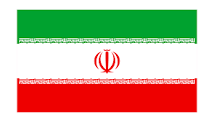
Email:
Address:
Type of activity:
Phone:
Fax:
Site:
Comments
Related posters
© 2024 Copyright: mallmir.com
 +7929688-88-14
+7929688-88-14

 English
English
 Persian
Persian
 Russian
Russian
 Chinese
Chinese


 +7929688-88-14
+7929688-88-14

 Flooring & Accessories
Flooring & Accessories
